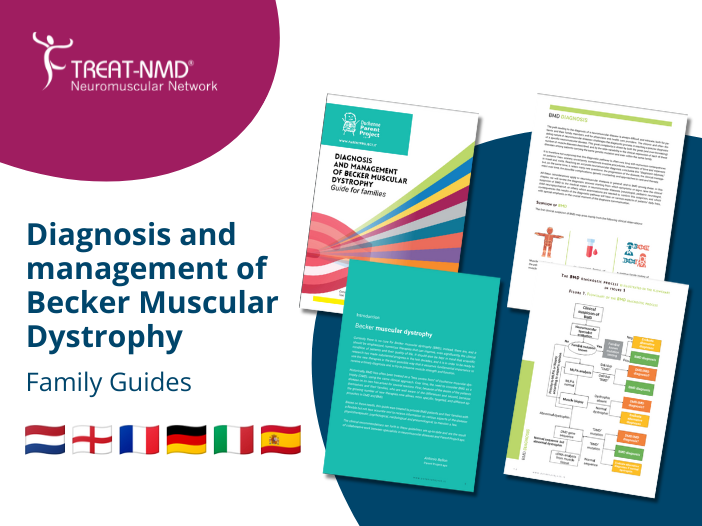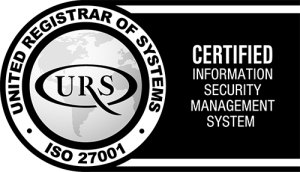As part of the recent Becker Education and Engagement Day organised by TREAT-NMD, which took place in Milan and Amsterdam on 14th September 2024, the translations into various languages of the Guidelines for the clinical management of Becker muscular dystrophy (BMD) were presented.
The Guidelines are the first tool of this type in the world for patients and families specific to this disease. The publication, the result of a strong need expressed by the patient community itself, was created in Italian by Parent Project in 2021 thanks to the contribution of many specialists who have been involved in patient care for years, with the coordination of Prof. Elena Pegoraro of the Department of Neuroscience from the University of Padua.
The document – titled Diagnosis and management of Becker muscular dystrophy. Guide for families – is available in digital format, downloadable from the TREAT-NMD website and touches on all the most important aspects of the clinical management of the pathology, with attention also to the psychological and social sphere.
Working in collaboration with Parent Project – an association of patients and parents with children affected by Duchenne and Becker muscular dystrophy, TREAT-NMD has previously coordinated the translation of the guidelines into Spanish, and now into Dutch, German and French. Parent Project have also coordinated the translation of the document into English, thus making it available to an extremely wide international audience.
Why the BMD Guidelines
Since BMD has many elements in common with Duchenne muscular dystrophy (whose course is more severe), the same clinical approach was adopted for both for a long time. Over the last 3 decades, knowledge and visibility of DMD have increased, while studies and research have multiplied to identify therapeutic strategies. As time passed, the need to dedicate specific attention to BMD also emerged, both due to its different characteristics and because today it is possible to adopt more targeted approaches for BMD in the context of new therapies in development.
As reported in the introduction, by Antonio Bellon, member of Parent Project, there is currently no cure for Becker muscular dystrophy. However, there are numerous therapies capable of improving patients’ clinical conditions and their quality of life, and research is making substantial progress. Receiving a timely diagnosis and trying to preserve muscle strength and function is essential to be able to make the best use of new therapies.
This guide, the result of collaborative work between the association and specialists in neuromuscular diseases, aims to provide BMD patients and their families with an agile but no less accurate tool to receive information on the various aspects of the pathology.
Ezio Magnano, President of Parent Project aps, declared: “Three years ago we created an important reference tool for Becker patients, the first in the world. Today it is a great satisfaction to be able to share the English version, to make it available to many patients and families all over the world. A big thank you goes, once again, to all the people who contributed to achieving this precious goal.”
The English translation of the Guidelines received the unconditional support of Edgewise Therapeutics and Santhera Pharmaceuticals.
The Dutch, German, French and Spanish translations of the Guidelines received the unconditional support of Edgewise Therapeutices and Italfarmaco.


